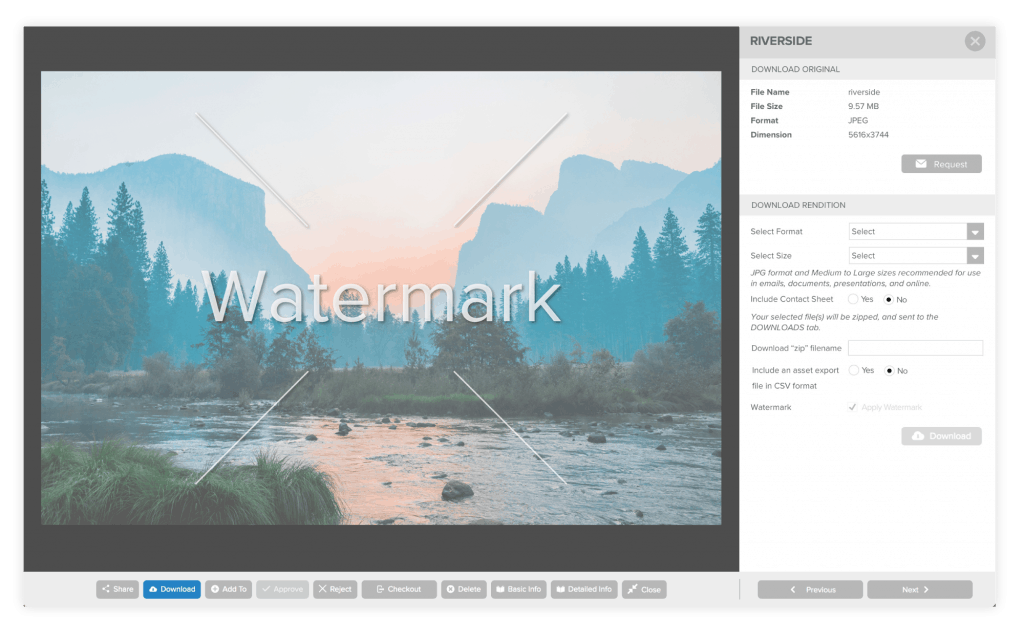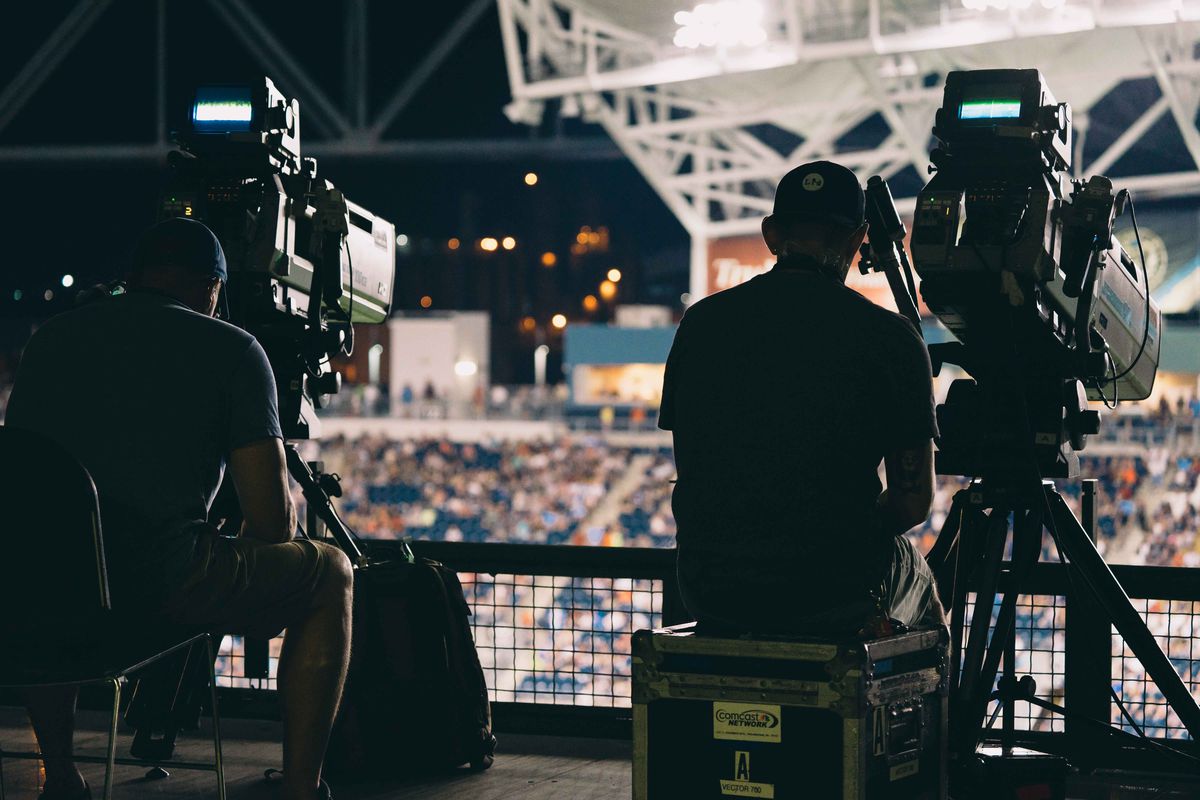Due to the huge number of televisions and other types of content that resemble and are very similar to TV broadcasts, it is necessary to somehow secure copyright as well as fair compensation. In order to protect the owners, copyright holders, broadcasters, and everyone else involved in the process and know that their content is not displayed without permission and fees, something called watermarking has been designed. Learn more about watermarking and the importance of watermarking for TV broadcasts in our article.
What is watermarking?

Watermarking is a process used for content tracking. Watermarking is the addition of a logo or something else to the video file itself and thus provides copyright protection. You can add an invisible serial number as part of the watermarking process and audio watermarking is also used.
Audio watermarking is the process of adding an audio file that has a frequency that the human ear cannot register, but with the help of this audio file it is possible to determine exactly who is broadcasting, on which channel and the like. Learn more about audio watermarking at Intrasonics.
What is also very important to emphasize is that the watermark was created and added in such a way that it will always remain part of the content, it is not possible to delete it in any way, not even resizing, compression or any other way of changing the file itself. The watermark will always remain in its full form. The whole watermarking process has proven to be completely efficient and safe. Also, he doesn’t know how to watch broadcast TV in any way.
Importance of watermarking for TV broadcasts

Piracy and illegal display of content is a big problem that all owners, producers and copyright holders face. This has a great negative impact on the market and that is why it must be stopped in every possible way.
Watermarking is definitely the best way to do this and that is why it’s important for TV broadcasts is huge.
When embedding a digital watermark in TV broadcasts, which is actually a video file, the owner of the copyrights will from that moment on at all times know if someone is broadcasting his content. And not just that, but much more. He will also know who broadcast his content, how long it took and all the other details necessary to stop illegal broadcasting.
Watermarking also serves to show who legally broadcast so that a distinction can easily be made between that and piracy. You see watermarking everywhere, but you don’t even notice it because it’s blended so it doesn’t distract. In general, watermarking is very safe and reliable.
Conclusion:
If we go back a few hundred years, we will realize that watermarking is not a new concept at all. Watermarking for marking banknotes and other documents has existed for centuries and although it is a completely different method from the watermarking we talked about today, the purpose is certainly the same, and that is to prevent various manipulations. Mark was added to the paper while it was wet, hence the name watermarking.







